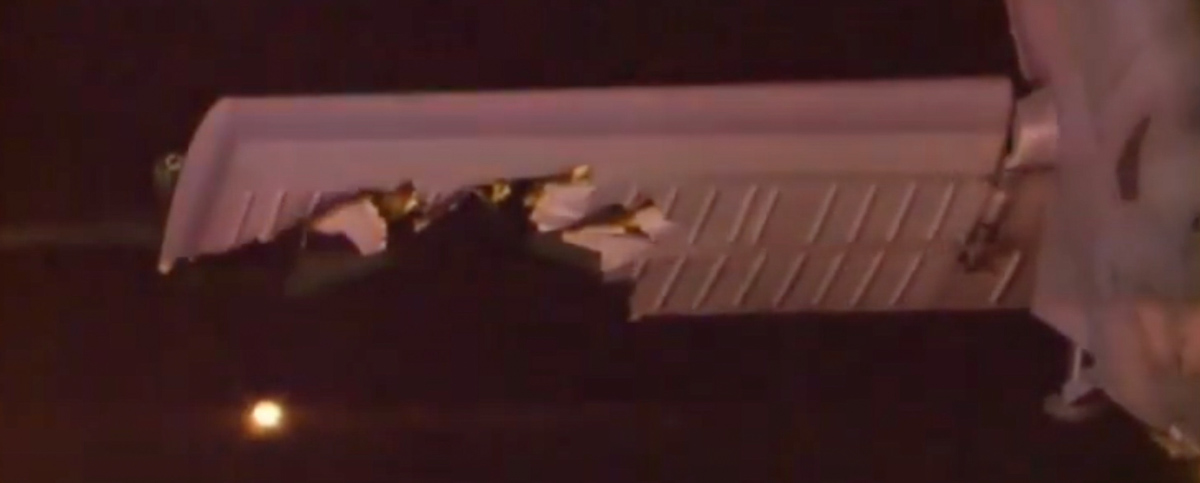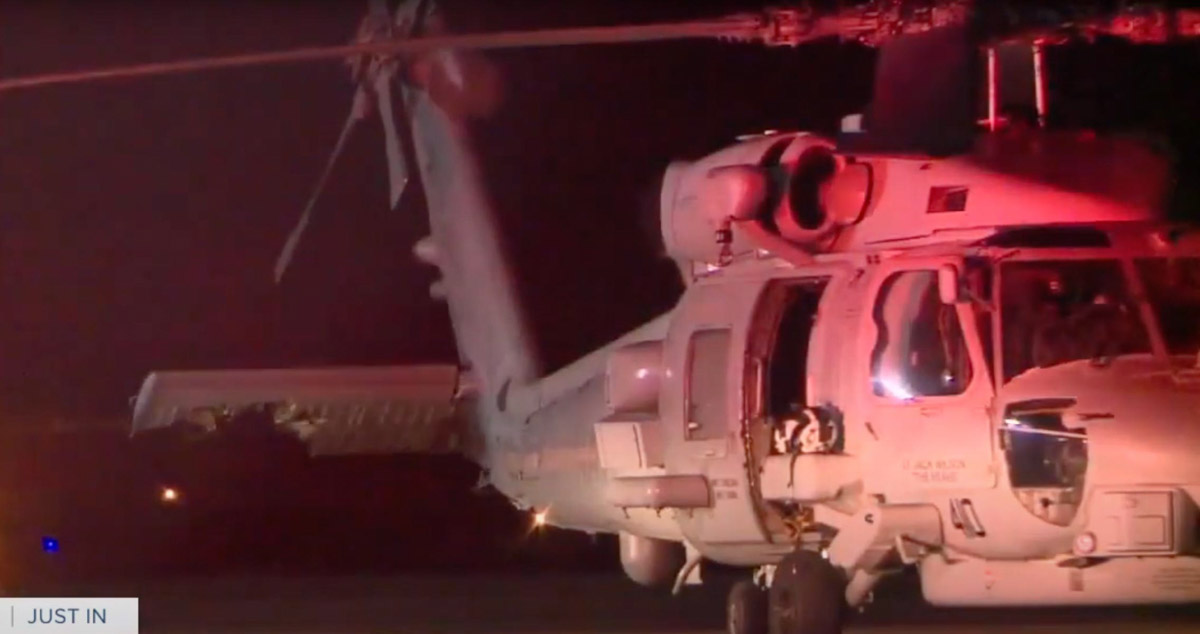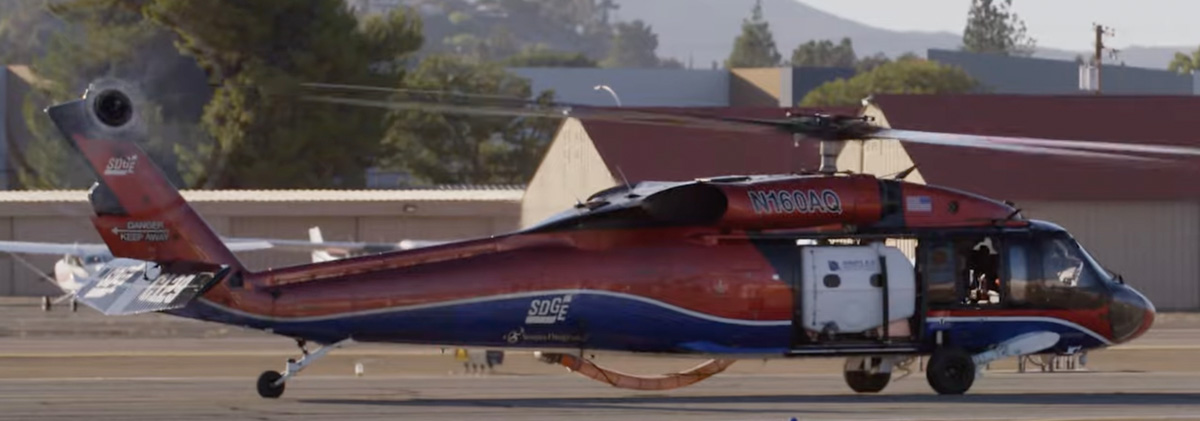It wouldn’t be a new year (or a new month) for US firefighters without the release of the monthly National Significant Wildland Fire Potential Outlook. For January 2023, from winter into spring, the outlook reflects the series of strong winter storms that have crossed the country west to east and a resulting reduction in fire potential. And with La Niña conditions continuing as the dominant weather influence through February, we will likely see a stormy winter and some moderation of drought … though a transition to neutral El Niño-Southern Oscillation (ENSO) conditions are expected to return in spring (with a 71% chance for neutral), when we may see other teleconnection patterns shaping spring and summer.
For January 2023, significant fire activity is limited to far southern Texas, northeast Florida and southeast Georgia.
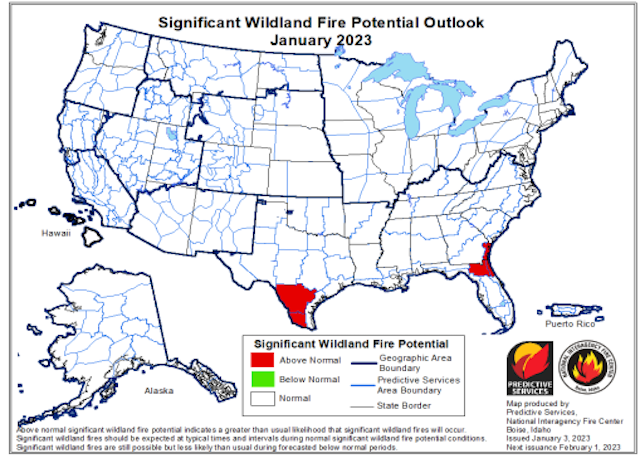
Significant fire activity for February and March is expected to expand from these areas … but by April, with typical spring green-up expected, the entire US can look for normal fire activity.
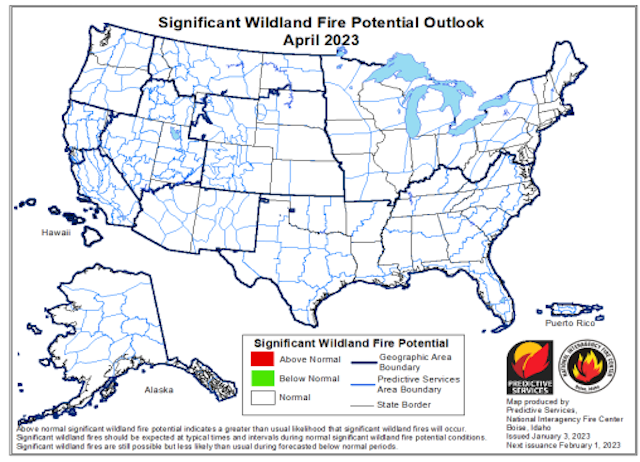
What is normal for January? While the Outlook doesn’t infer fire size or intensity in these outlook-maps, the monthly fire density maps do convey the expansion of what we often think of as prescribed-fire season — with normal fire activity typically focused in the south and southeast in mid-winter and expanding west and north as we move into April.

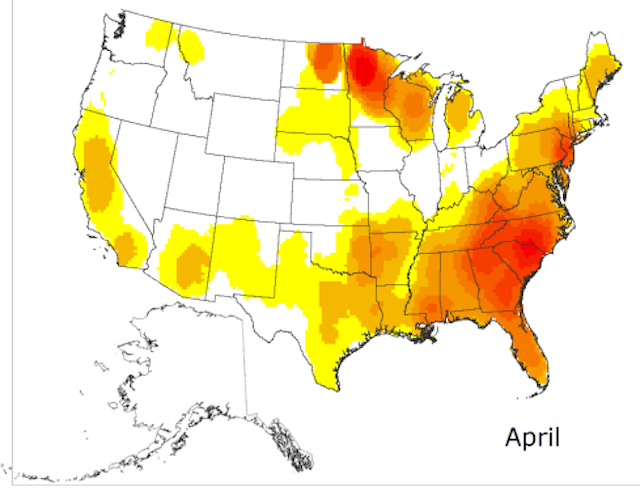
Here’s a permalink to the January 2023 Outlook.

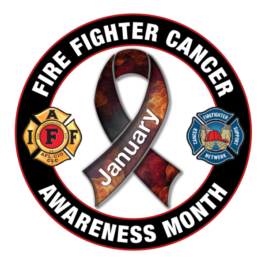 EMS members who have been diagnosed with cancer. The
EMS members who have been diagnosed with cancer. The 
